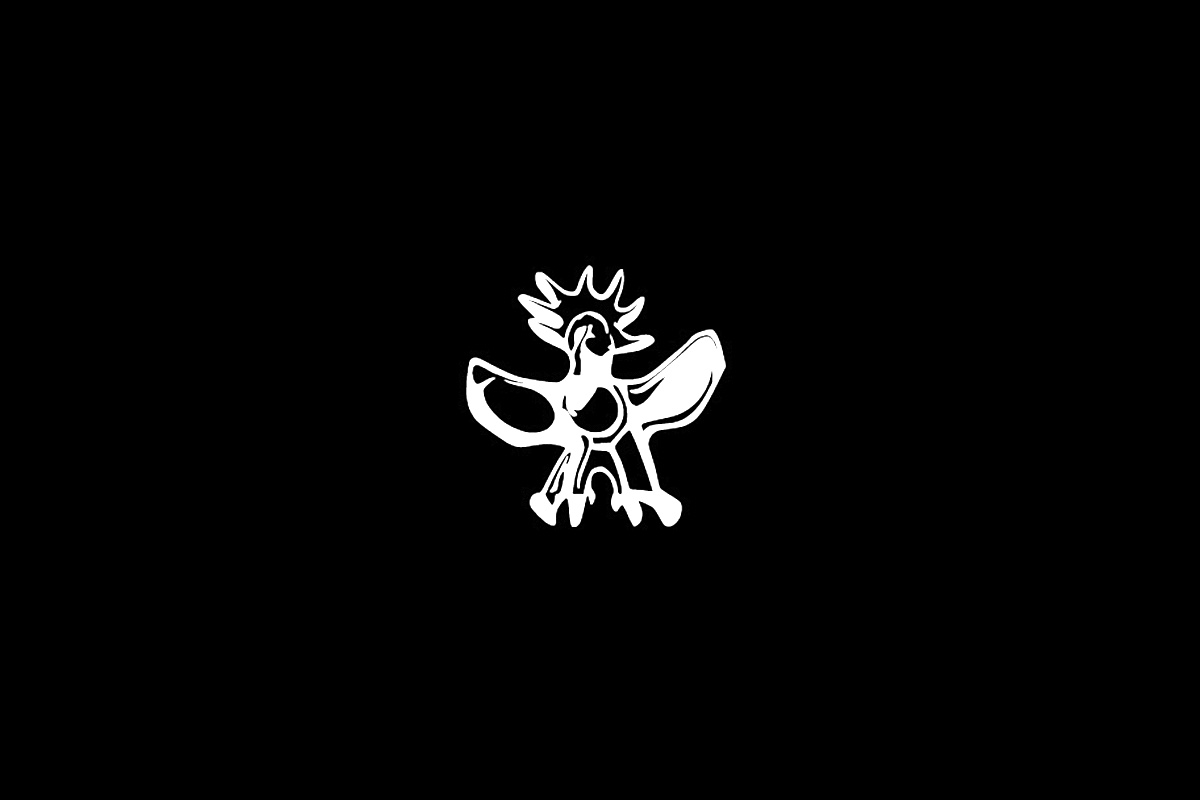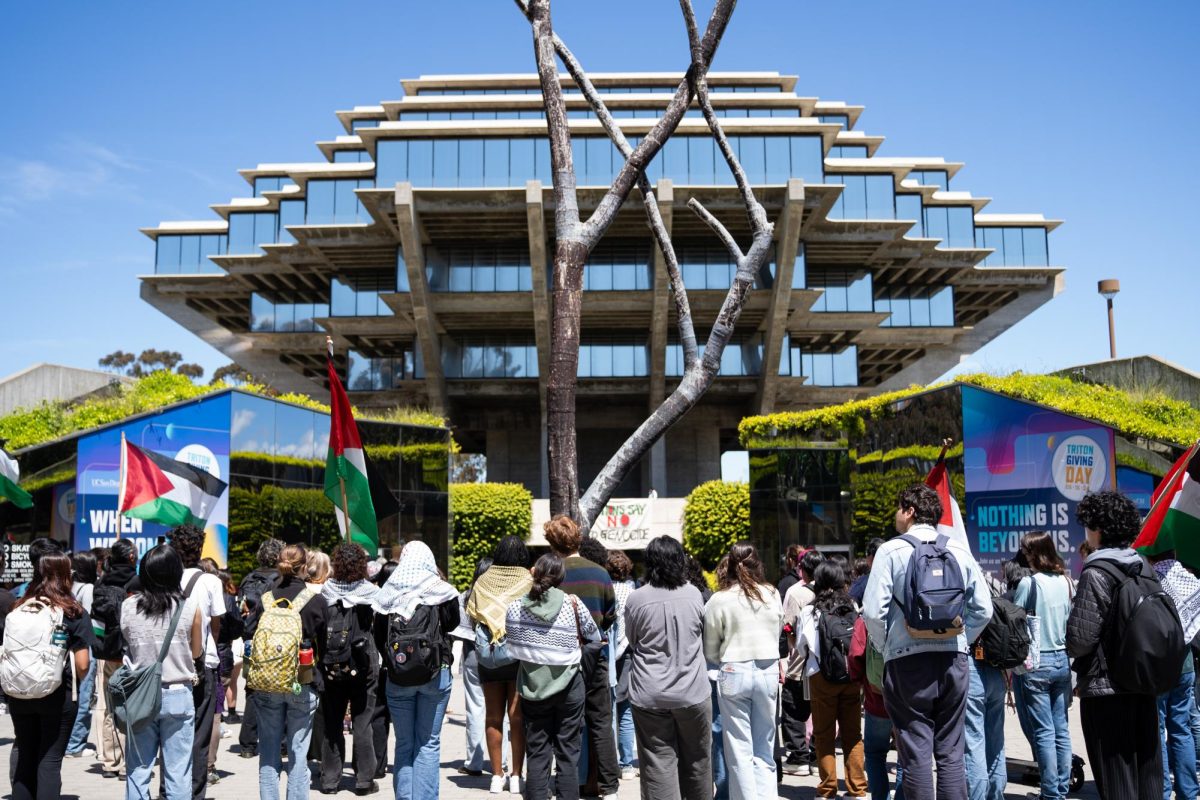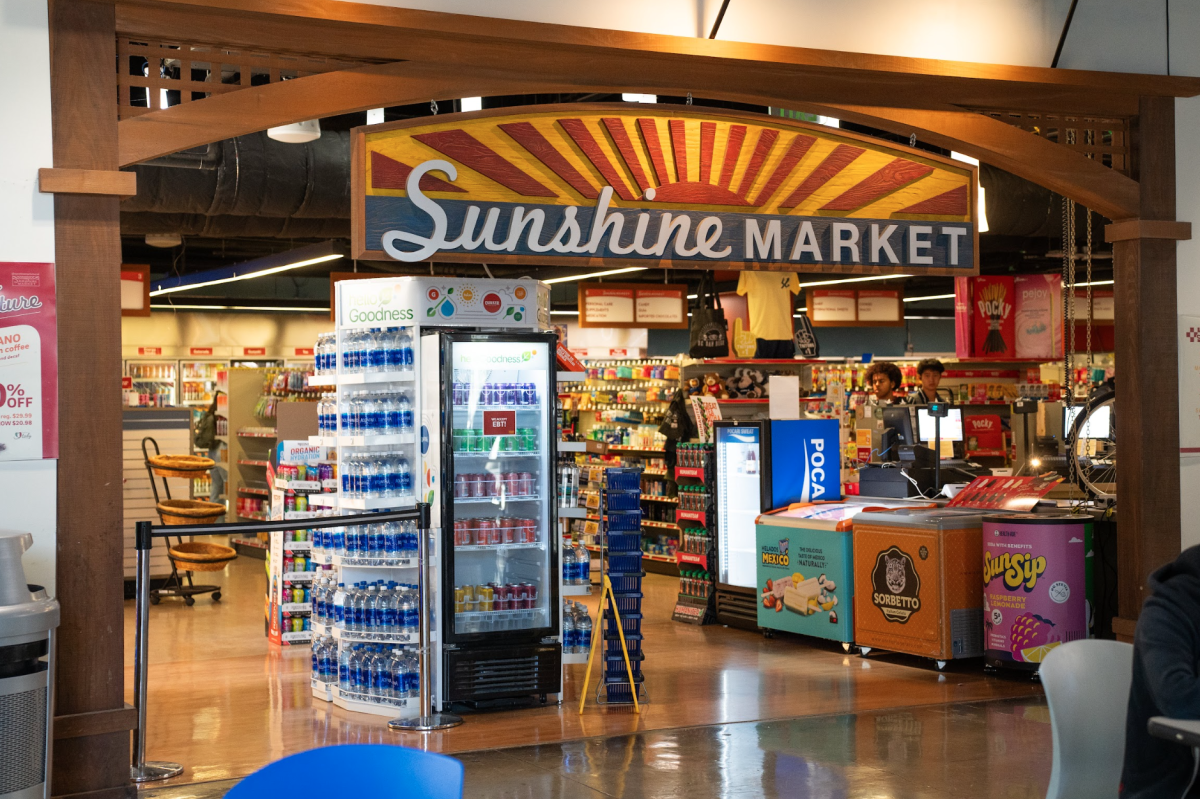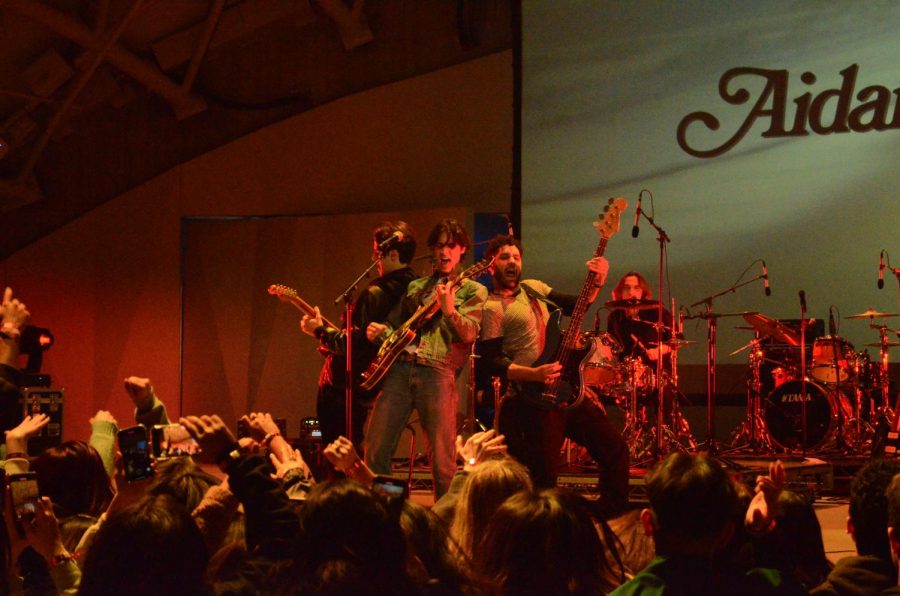UNIVERSITY OF CALIFORNIA — Come this fall, California voters will be faced with an age-old dilemma: Which came first, the chicken or the egg? In this case they won’t be bickering about evolution, but rather the source of eggs in their grocery stores and McMuffins.
Specifically, Proposition 2, also called the Standards for Confining Farm Animals initiative statute, calls for adding a chapter to California’s Health and Safety Code to ban the confinement of animals in a manner that does not allow them free range of movement, focusing on three types of caging: veal crates, sow gestation crates and battery cages for chickens.
If passed, farmers across the state would have until Jan. 1, 2015, to comply with the measure by altering space requirements for their animals, and they would be prevented from housing any animals in such ways in the future.
Although chickens might be flapping their wings over the initiative, California’s egg industry is definitely crying foul, claiming that a switch to cage-free farming techniques would irreversibly destroy their businesses. And they’re right. The pork and veal industries across the state would change significantly with the alterations in animal housing, but the biggest shockwave would reel throughout California henhouses, where current confinement methods in which chickens are kept in stacked cages would be banished, leading to a huge economic downfall and eventually the collapse of hundreds of farming businesses.
In California, the thriving $337-million egg industry is no yolk, err, joke. Farmers statewide produce about five billion eggs every year, using about 20 million hens. The state produces about 6 percent of the nation’s table egg supply, and consumes nearly 12 percent. Currently, only about 5 percent of eggs produced in the state come from cage-free hens.
According to a UC Davis study released in July, if Proposition 2 passes then the state egg industry faces a collapse because of all the new regulations farmers will be forced to adopt. According to the study’s authors, Proposition 2 would add up to 20 percent to the costs of egg production in the state, in effect flinging the door wide open for eggs to be imported from Mexico and other states where hens are still kept in cages.
“The most likely outcome, therefore, is the elimination of almost all of the California egg industry over a very few years,” said the study’s lead author Daniel Sumner, director of the Agricultural Issues Center, and Frank H. Buck Jr., a professor at the UC Davis Department of Agricultural and Resource Economics.
Funded solely by the University of California and using information from numerous sources in addition to cost information from farmers who use both types of caging systems, the study found that the adoption of Proposition 2 would lead to higher feeding costs, housing costs, pullet costs and labor costs for every dozen eggs that is produced in the state, as well as force producers to invest $500 million to construct new or retro-fitted caging systems that comply with the new restrictions. In short, the costs of non-cage production are just too much higher than the costs of cage systems used in other states to allow California farmers to remain competitive within the industry.
Higher production costs aside, the study also found that if adopted Proposition 2 would also lead to the elimination of nearly 3,000 jobs across the state, mostly in Southern California, Sonoma County and the Central Valley, leading to a significant negative impact on the California economy, especially in rural areas such as Merced County, which has poverty and unemployment rates that run much higher than the state average.
In San Diego County alone, egg farmers — mostly from inland North County near Valley Center, Escondido and Ramona — produce 800 million eggs per year, worth about $36.4 million. But ranchers have said that Proposition 2 would make egg farming uneconomical, with Kevin Demler, the owner of the county’s biggest egg farm, the 1-million hen Pine Hill Egg Ranch in Ramona, telling the North County Times that the costs of altering current methods to comply with the proposed law would be “prohibitive.” Other local farmers have gone a step further, saying they will go out of business if the law passes.
Backed by the Humane Society of the United States, Proposition 2 is meant to end supposed inhumane confinement of specified animals on large factory farms by forcing farmers to end the practice of keeping animals so closely confined that they are physically unable to turn around, lie down or fully extend their legs or wings. Proponents claim that battery cages lead to higher concentrations of bird feces coming in contact with eggs, increasing the risk of salmonella, and claim that moving away from the battery-cage system will lead to a healthier food supply.
But because state farmers must already adhere to established regulations set by the California Egg Quality Assurance Plan, which requires that farmers use the most modern egg-farming techniques and standards, the risk of egg-related salmonella infections is virtually nonexistent even within battery-cage systems. In fact, the California Department of Food and Agriculture has not found a single salmonella case linked to eggs produced in the state in nearly a decade. And the modern systems used by egg farms effectively separate feces from coming into contact with the eggs.
Furthermore, Proposition 2 will eliminate Californians’ ability to purchase locally grown eggs, because the industry will compensate for the changes in California law by simply importing eggs from other places.
Although cruelty to animals is abhorrent and the parts of the initiative regulating veal and pork farmers are worthy, Californians would be irresponsible to pass Proposition 2 as is because of the extremely negative economic impacts it will bring to the state egg industry. At a time when the economy is so fragile, the drastic changes outlined by Proposition 2 will do more harm than good for California. In this case, the egg definitely should come before the chicken.







